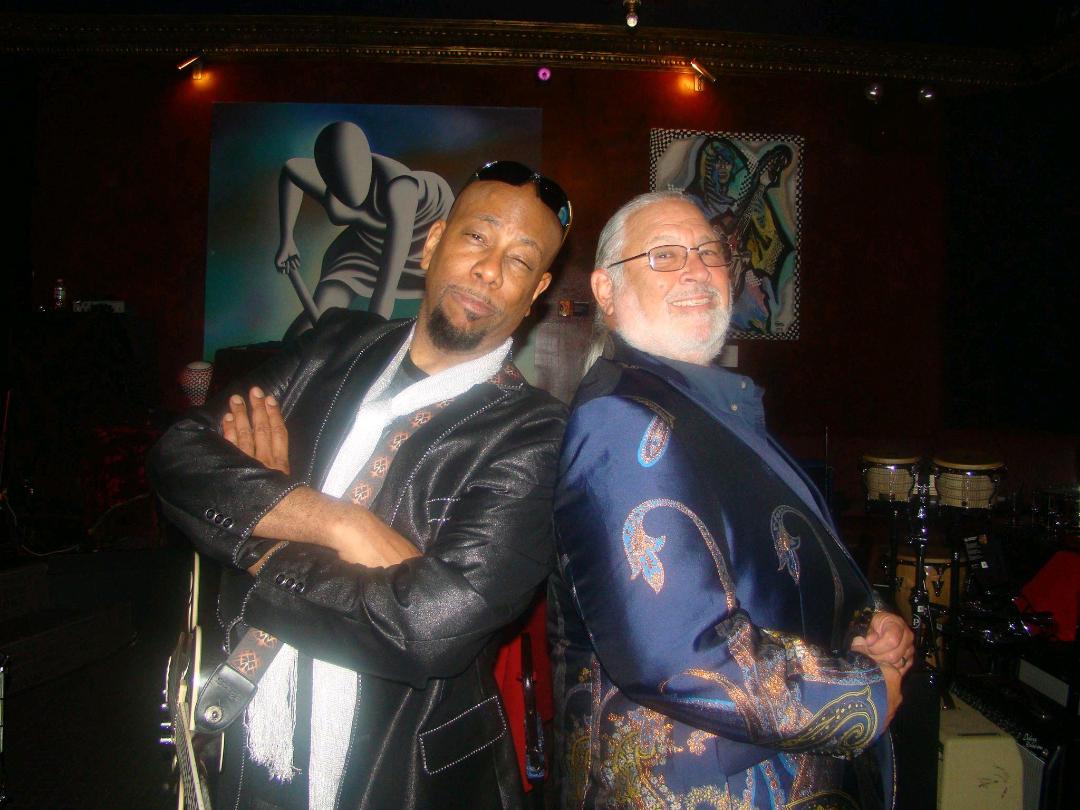
Groundhog Day (Pennsylvania German: Grund’sau dåk, Grundsaudaag, Grundsow Dawg, Murmeltiertag; Nova Scotia: Daks Day) is a popular tradition celebrated in Canada and the United States on February 2nd. It derives from the Pennsylvania Dutch superstition that if a groundhog (Marmota monax, also called “woodchuck”; Deitsch: Grundsau, Grunddax, Dax) emerging from its burrow on this day sees its shadow due to clear weather, it will retreat to its den and winter will persist for six more weeks, and if it does not see its shadow because of cloudiness, spring will arrive early. While the tradition remains popular in modern times, studies have found no consistent correlation between a groundhog seeing its shadow or not and the subsequent arrival time of spring-like weather.
The weather lore was brought from German-speaking areas where the badger (German: Dachs) is the forecasting animal. This appears to be an enhanced version of the lore that clear weather on the Christian Holy Day of Candlemas forebodes a prolonged winter.
The Groundhog Day ceremony held at Punxsutawney in western Pennsylvania, centering around a semi-mythical groundhog named Punxsutawney Phil, has become the most attended. Grundsow Lodges in Pennsylvania Dutch Country in the southeastern part of the state celebrate them as well. Other cities in the United States and Canada have also adopted the event.


 Thought of the Day
Thought of the Day